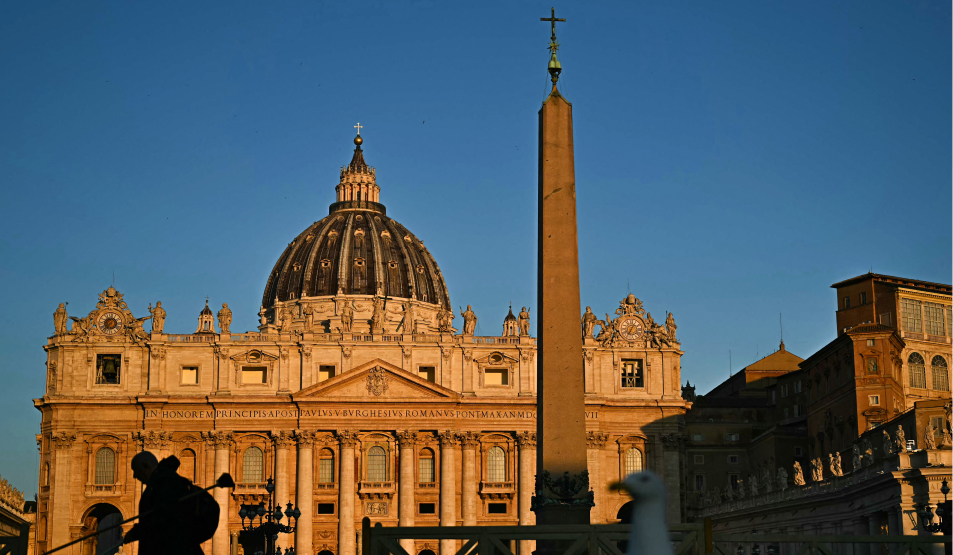Cardinal Walter Brandmüller has dismissed talk of a Third Vatican Council. Speaking to Katholisch.de, he said: “It’s far too early for that,” noting that no one knows how to gather more than 5,000 bishops. With the Church still absorbing the last council, he suggested that such questions are “not relevant yet.”
The Cardinal, one of the last surviving witnesses of the Council, said that the renewed interest in the old Roman Rite reflects not the strength of the pre-conciliar liturgy but the failure to implement the Second Vatican Council’s reforms as intended.
Continuing, he explained: “The so-called Tridentine Mass is by no means perfect; there are many things in need of correction,” adding that the principles for liturgical reform agreed by the bishops were “good and right.”
The German cardinal looked back to the start of the Council with a clarity shaped by age and memory. “My first reaction, as a young church historian, was to organise a lecture series to explain what a council actually is,” he recalled. While studying in Rome, he saw the city “full of bishops from all over the world” and sensed the excitement surrounding the sessions.
That optimism extended to his archbishop in Bamberg, who “was also enthusiastic and full of hope for a renewal of the Church” and attended all four sessions. But hopes of swift renewal, he said, were quickly dashed. “Just a few years later, he was deeply disappointed and even suffered a health collapse. The Council didn’t initially bring the hoped-for new vitality to the Church at all.”
Brandmüller rejected the suggestion that the Council itself is responsible for today’s ecclesial malaise. “The truth is more complicated,” he said, describing how “after the Council, a great deal was called into question” and noting that in some faculties “truly Catholic theology was no longer being taught.” He argued that the genuine texts of the Council were overshadowed by appeals to an amorphous “spirit of the Council” which the documents never supported. Yet he insisted that the Council “produced some very good results,” particularly in its central constitutions.
He was firm in distinguishing the Council’s decisions from what followed. “What later led to the schism of the ‘traditionalists’ were the excesses of the post-conciliar period, when the decrees of Sacrosanctum Concilium were not implemented, but rather new things were invented,” he said.
Where this occurred, “the liturgy ended—mostly unchallenged—in arbitrariness and chaos.” The renewed attraction of the older form, he believes, is “a consequence of the misuse of the liturgical reform, which itself is in need of reform. Had it been implemented correctly, this renewed longing for the old form would hardly have existed.”
Turning to other conciliar texts, he argued that the most contested declarations were, ironically, the least authoritative.
It was “curious,” he said, that traditionalists target documents such as Nostra aetate and Dignitatis humanae, which he described as “time-bound declarations … now outdated,” while the binding constitutions on the liturgy, the Church and Scripture “remain valid and are entirely in line with Church tradition.”
He also noted that some decrees, including those on priestly formation, “have not really been implemented to this day.”
Brandmüller offered a longer historical perspective, suggesting that the turmoil surrounding Vatican II is not unusual. After the Council of Trent ended in 1563, he observed, its reforms were not fully realised for a century, while the next ecumenical council did not meet until 1869. Ecumenical councils, he said, are like waterfalls — “a tremendous roar” followed by agitation before the flow settles. “We haven’t reached that point yet with the Second Vatican Council; much is still agitated.”
Cardinal Walter Brandmüller, born in 1929 in Ansbach, Bavaria, is a distinguished church historian and one of the most prominent scholars of the history of ecumenical councils. Ordained a priest in 1953, he taught for decades at the University of Augsburg, specialising in medieval and conciliar history.
In 1998 he was appointed President of the Pontifical Committee for Historical Sciences, a role in which he guided Vatican research and publications for more than a decade. Pope Benedict XVI created him a cardinal in 2010, recognising his lifelong scholarship and service to the Church.
(Photo credit should read ALBERTO PIZZOLI/AFP via Getty Images)
















